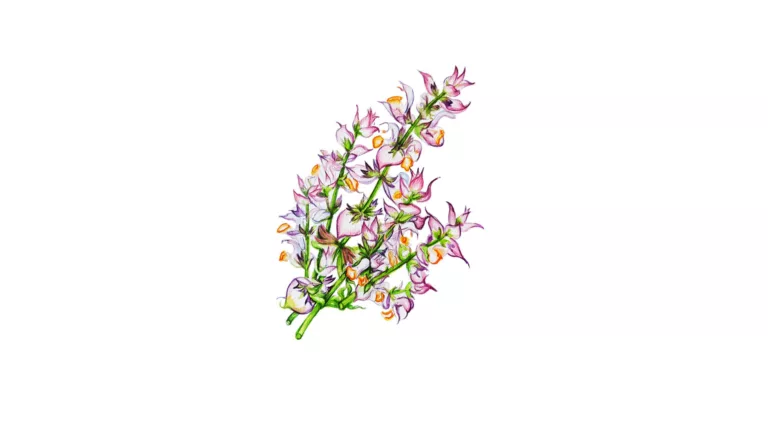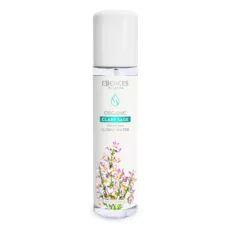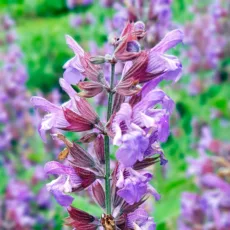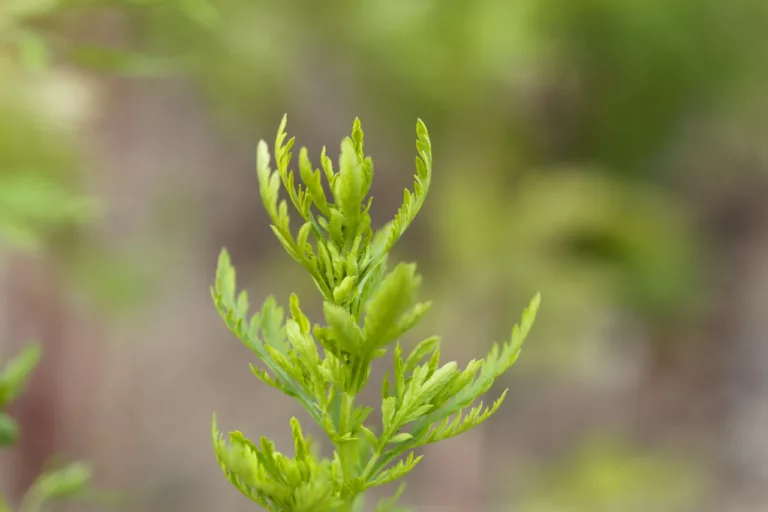Clary Sage

Clary sage (Salvia sclarea) is a perennial herbaceous plant from the mint family (Lamiaceae). The “younger sister” of garden sage (Salvia officinalis) grows in stems rather than clumps as the latter does. The herb’s small pink and pale-violet blossoms are gathered in abundant terminal inflorescences that catch the sun’s caress and diffuse a wonderful musky, bittersweet fragrance.
As early as ancient Hellas, decoctions and compresses of clary sage were used to treat hoarseness in commanders who had shouted themselves hoarse; winemakers learned to season their wine with its leaves, finding the ensuing intoxication even more euphoric, heady, and sweet. The herb featured prominently at Dionysian feasts—it rescued revellers from melancholy, boredom, and quiet apathy and fostered merriment and euphoria, without being an opiate or creating dependence. Roman healers used the plant as a universal remedy—understanding, from experience, that the cheerful fall ill less often. The Romans called clary sage herba sacra, “the sacred herb.” In the past it helped priests enter trance during religious rites.
In small-dose cocktails the English discovered its soothing spirit; in milk decoctions of the leaves—a simple way to remove foreign bodies lodged in the eyes; and in teas made from its seeds—the most effective remedy for weakening eyesight. Hence its name “clear eye” or “clary”—Clary Sage. The botanist Nicholas Culpeper described the herb as a wondrous relaxant and calming agent. In 1577 the botanist Hieronymus Bock recommended clary sage as a means of enhancing female libido and improving women’s reproductive capacity.
The herb’s estrogenic properties underlie its use for “hot flashes” during the climacteric. It is applied for emotional disturbances, amenorrhea, premenstrual syndrome, and painful menstruation. It eases nervous tension and treats depression and headaches. Used externally, the extract benefits the scalp in cases of hair loss. The scent of clary sage is the aroma of freedom, cheer, and relaxation—the aroma of the spirit.








